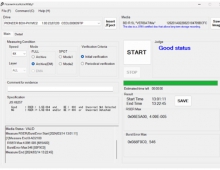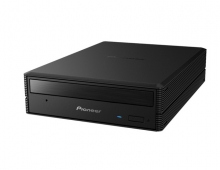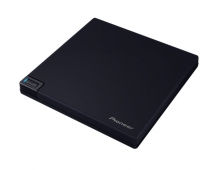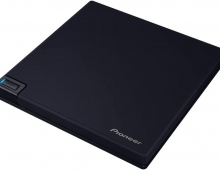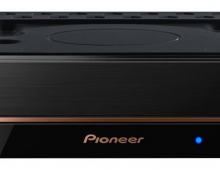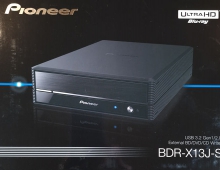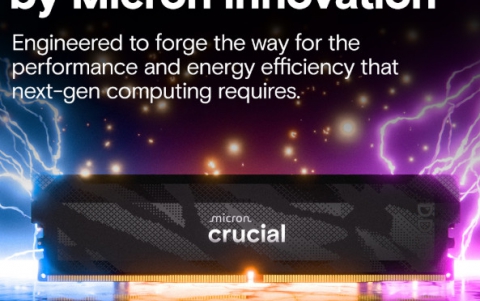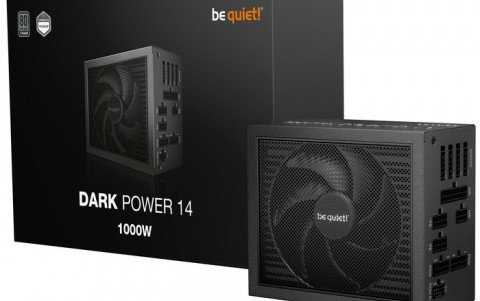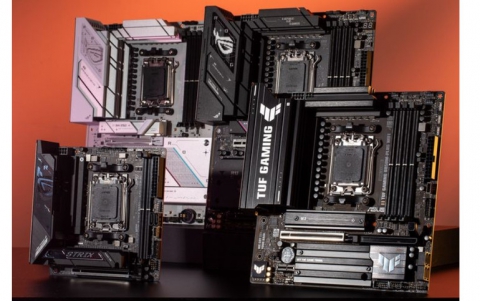DVD Technical Guide
20. DVD-RAM
Review Pages
2. Concepts and Structure of the DVD Format
3. The Future of DVD
4. Design Concept of the Physical Specification
5. Features of the DVD Physical Specification
6. The DVD Data Format
7. Read-Only Disc File Format
8. Video Format
9. Video Format - Page 2
10. Video Format - Page 3
11. Audio Format
12. Audio Format - Page 2
13. Audio Format - Page 3
14. Audio Format - Page 4
15. Audio Format - Page 5
16. DVD-R and DVD-RW
17. DVD-R and DVD-RW - Page 2
18. DVD-R and DVD-RW - Page 3
19. DVD-R and DVD-RW - Page 4
20. DVD-RAM
21. DVD-RAM - Page 2
22. DVD-RAM - Page 3
23. DVD-RAM - Page 4
Chapter 7 - DVD-RAM
7.1 Background of the DVD-RAM Specification
With the increasing performance of PCs in recent years, there has also been a dramatic increase in the quantity of data they handle. This increase is expected to continue with the increase in video usage, the move to broadband, and the increase in multimedia applications. Along with the increasing capacities of hard disks to store this data, there has also been increasing demand for high-capacity rewritable storage media. Users and computer makers have said they want a rewritable disc which is compatible with ROM discs. The rewritable disc DVD-RAM specification was created to meet these requests.
Rewritable disc technologies currently on the market include magneto-optical (MO) and phase-change. Magneto-optical discs work by using laser light and an external magnetic field to record data in changing directions of magnetic regions on the disc. Discs in use today include 130 mm and 90 mm diameter data discs, 300 mm diameter video file discs, and MiniDiscs for recording music. These discs use a signal detection method involving rotation of a polarizing plane via the magneto-optical effect.
Phase change technology, on the other hand, utilize the ability of laser light to change the recording material from a crystalline to an amorphous state, and back again. A pulse of high-power laser light heats the recording surface to above the melting point, and the material is cooled quickly to cause it to enter an amorphous state. On the other hand, an amorphous region can be heated by medium-power laser light to above the temperature for crystallization to cause it to enter a crystalline state. The signal is encoded in the difference in reflectivity due to the different optical indices of the amorphous and crystalline regions. This technology was later coming to market than magneto-optical, due to the effort required to develop sufficient rewrite durability, but 120 mm and 130 mm diameter data discs and associated hardware are available today.
Phase change technology was chosen for DVD-RAM for the following reasons.
- The use of changing reflectivity to reproduce the signal makes it easy to achieve compatibility with read-only players.
- The use of laser power modulation makes it easy to achieve direct overwrite capability.
- The optical system is simpler than the magneto-optical system required to detect rotated polarized surfaces, and there is no need for a magnetic head to apply the external magnetic field.
- A relatively large signal can be obtained even from the smaller recording marks resulting from increasing disc density, and the technology can also be made compatible with shorter wavelength blue light that is anticipated for future use.
7.2 2.6 GB DVD-RAM Specifications
| Recording media | phase change disc |
| disc dimensions | 120 mm diameter, bonded 0.6 mm thick substrates |
| laser wavelength, NA | 650nm, 0.6 |
| modulation method | 8/16 encoding |
| sector size | 2kB |
| ECC block size | 32kB |
| error correction method | RSPC |
| capacity | 2.6 GB (one sided) |
| disc format | ZCLV (Zoned Constant Linear Velocity) |
| number of data area zones | 24zone |
| addressing method | CAPA (Complimentary Allocated Pit Addressing) |
| recording bit length | 0.41 |
| recording method | mark edge recording |
| track pitch | 0.74 |
| tracking method | push-pull |
| user data rate | 11.08Mbps |
Table 1 shows the basic specifications of the DVD-RAM specification version 1.0. These specifications achieve the key goals of compatibility with DVD-ROM discs and a large capacity of 2.6 GB per side.
The disc dimensions are the same as for DVD-ROM, with discs 120 mm in diameter composed of bonded 0.6 mm thick substrates, and the standard pickup also has a wavelength of 650 nm and a numerical aperture of 0.6.
Further, the encoding method, sector size, ECC block size, and error correction method were specified to be 8/16 encoding, 2 kB, 32 kB, and Reed-Solomon Product Code; these are all the same as DVD-ROM, to facilitate compatibility with DVD-ROM players.
The data rate is also the same as DVD-ROM, at over 11 Mbps. The file system was also specified for compatibility with ROM, as DVD-RAM uses the Universal Disc Format (UDF) defined by the Optical Storage Technology Association (OSTA). This file system is designed to support both the random access needed for data file applications, and the sequential access needed for video recording.
Review Pages
2. Concepts and Structure of the DVD Format
3. The Future of DVD
4. Design Concept of the Physical Specification
5. Features of the DVD Physical Specification
6. The DVD Data Format
7. Read-Only Disc File Format
8. Video Format
9. Video Format - Page 2
10. Video Format - Page 3
11. Audio Format
12. Audio Format - Page 2
13. Audio Format - Page 3
14. Audio Format - Page 4
15. Audio Format - Page 5
16. DVD-R and DVD-RW
17. DVD-R and DVD-RW - Page 2
18. DVD-R and DVD-RW - Page 3
19. DVD-R and DVD-RW - Page 4
20. DVD-RAM
21. DVD-RAM - Page 2
22. DVD-RAM - Page 3
23. DVD-RAM - Page 4


